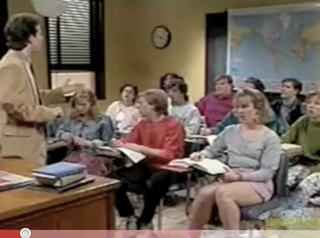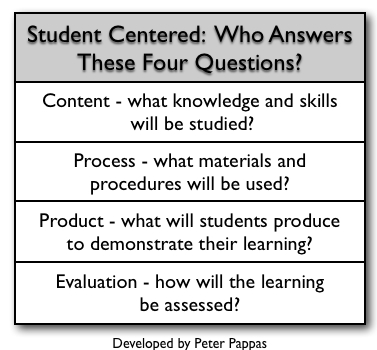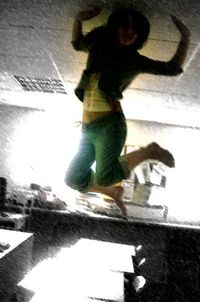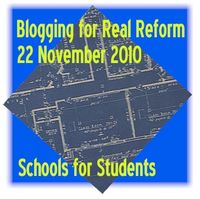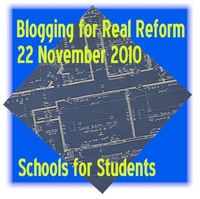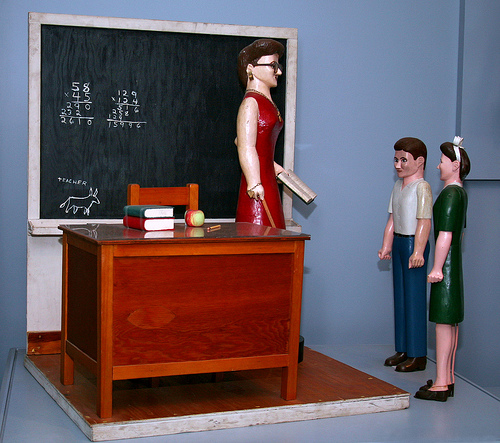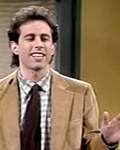 Currently this link works. (9/15/15)
Currently this link works. (9/15/15)
Last week I used this classic Jerry Seinfeld piece from Saturday Night Live as part of an administrators’ workshop. We had lots of fun. Here’s your chance to borrow the idea.
Goal: I was working with a team of principals and district administrators who wanted to provide more consistency in their teacher observations and look for strategies for using observations to assist teachers in reflecting on their instructional approaches. We first met at district office before going out to observe a few classrooms and share our impressions. I thought it would be useful (and fun) to warm up with Seinfeld’s disastrous history lesson.
- We watched the video.
- A volunteer agreed to take the role of an administrator who just observed Seinfeld teaching. I played the role of Mr. Seinfeld as we both met for a post-observation conference.
- I set up a “Fishbowl” discussion group among the remaining participants. Half would pay attention to the administrator conferencing with Seinfeld. They were asked to record two types of admin questions or comments on a T-Chart – either ones that caused Seinfeld (me) to reflect on myself as a teacher or judgmental questions / comments that caused me to get defensive. The second half of the fishbowl group focused on me (Seinfeld). They were asked to record two types of comments I made – either comments where I was reflective on my lesson / teaching or comments where I got defensive / argumentative.
- I asked each of the fishbowl groups to compare within their two groups. We then we shared in a full group discussion.
While there was little positives to find in the Seinfeld lesson – the activity got us thinking about ways in which an administrator can give teachers feedback that is less judgmental and more likely to cause teachers to reflect on their lesson and instructional approaches.
Sample judgmental admin question: “You say that you want the students to ‘think about history’ and forget about the details, so why did you start asking a series of content questions on material they had already failed on the test?”
Similar theme explored in a non-judgmental, reflective tone: “What are some of the methods you like to use to gather feedback on student mastery of content? How do you use the information to design a lesson?”
It was a great icebreaker and loads of fun for everyone. Later in the day we observed some actual classrooms taught by teachers who had volunteered to host us. We came back together as a group and compared our impressions using the district evaluation instrument. We compared our results to calibrate the observation tool. Our final activity was to develop some feedback to give the teachers who hosted our visits. We crafted comments that were more reflective than judgmental. The volunteer teachers’ principal later delivered the feedback to the teachers.
Everyone thought it was valuable session. I hope you can find some use or ways to modify.
How to set up a Fishbowl discussion group Download Fishbowl-discussion 58kb pdf
